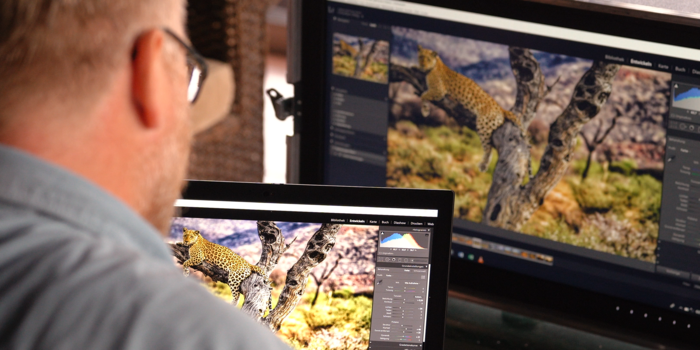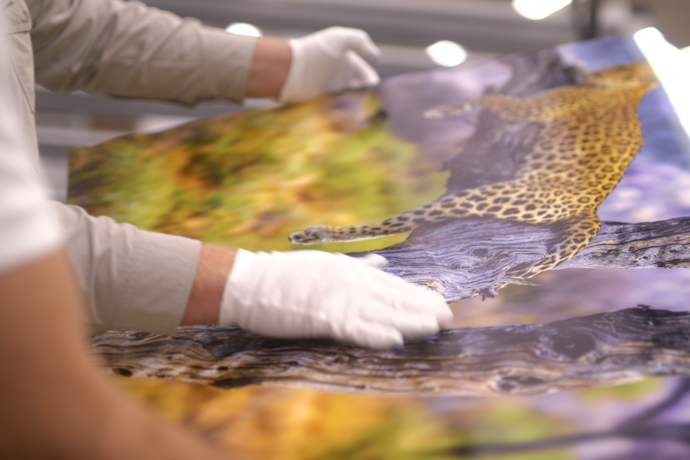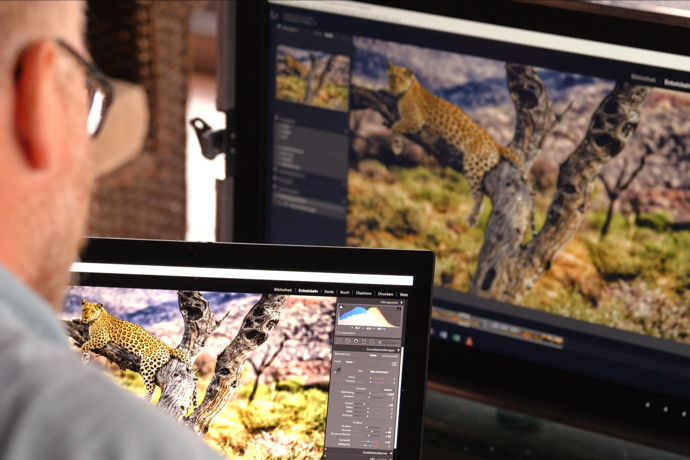The printed results may differ substantially from the monitor display depending on the printer, printing process, selected printing material and ink used. To simulate this effect, you can use the softproofing view in your image editing software.
Colour management
The softproofing view

An unadulterated view of the image file
We have now finally arrived at the point where you will have an absolutely unadulterated view of your file.
It’s common knowledge: If I print an image on plain paper using my inkjet printer, the printout looks completely different than if I use photo paper. If I use an office laser printer, the image looks completely different again. The only way to get the right photo quality is with a fine art photo printer. And even with such a photo printer, the print on cotton paper with a matte finish looks completely different than on a glossy PE paper with optical brighteners. The file is always the same.
Unfortunately, you cannot force a four-colour office printer to behave like a ten-colour fine art printer by software or ‘calibration’. Likewise, I cannot ensure that a common print medium will print something with pure white. The printer cannot print less than no colour on the paper. And the software cannot change things either if only a dark shade of grey can be achieved with 100% black colour on a very matte medium.
Simulating the printout using the profile
All that you can do now is to capture the characteristics of the respective combination of machine, print medium, printing process and ink and to make a profile from this. A suitable image editing software can simulate the upcoming print based on this profile, and the user has the option of optimising the source file visually and within the limits of the printing process to attain the best possible result. We’ll show you how to create such a profile here:
Using the ICC profile correctly
Certainly, the ideal solution is to create your own ICC softproofing profile, but this requires a suitable sensor. However, these profiles can also be downloaded for many printer models. If you use the printer manufacturer’s original paper, you can find the profiles on their website. If you use paper from other manufacturers, you can find the profiles on their website. You do not have to forego the softproofing either if you won’t print yourself. Many service providers also offer downloads for suitable ICC profiles for softproofing. We will explain in this clip how to use the WhiteWall laboratory in combination with Adobe Photoshop and Lightroom to do so.




